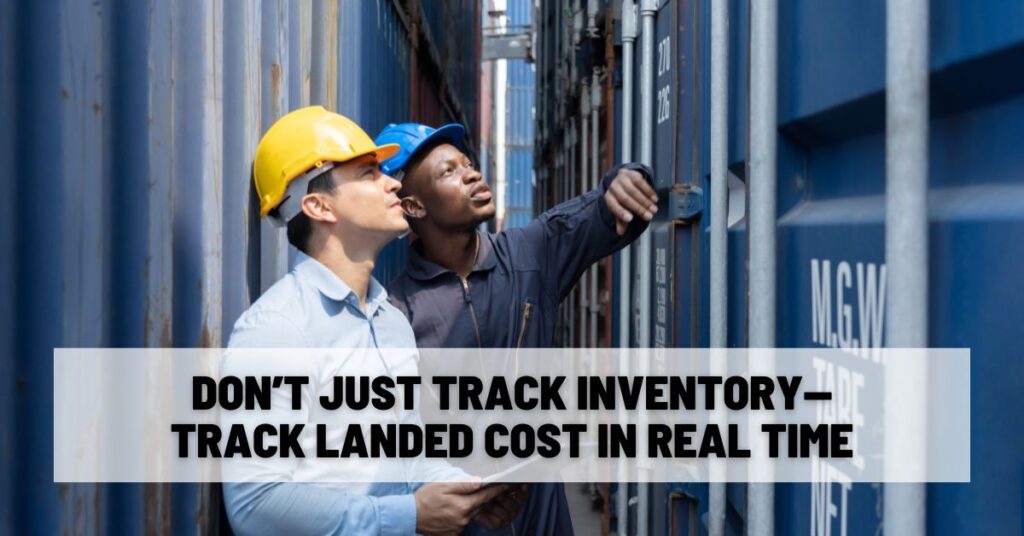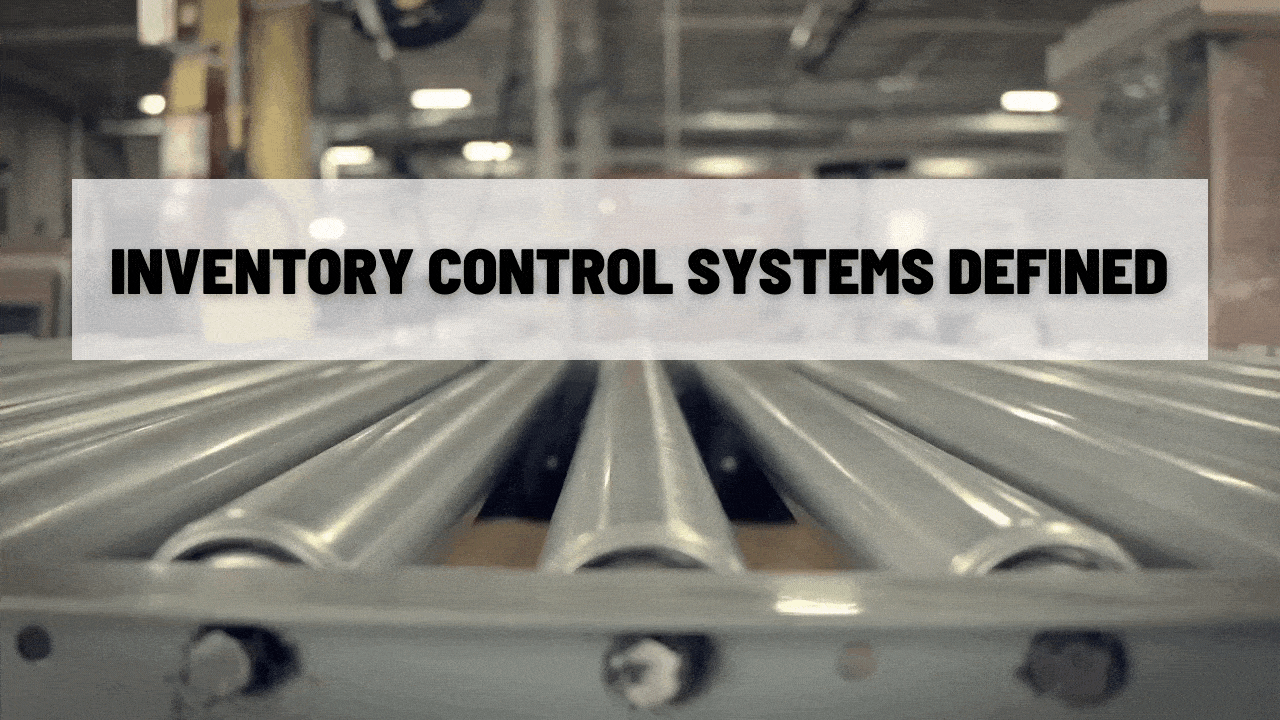Why Knowing What’s in Stock Isn’t Enough Anymore
If you’re running a small-to-midsize distribution business, odds are you’re tracking your inventory religiously. You probably know what’s in stock and where, what’s backordered, and what’s en route. That’s table stakes.
But here’s what a lot of SMBs don’t have a handle on:
What did that inventory actually cost you to land in your warehouse?
Not what you paid the supplier. Not what your spreadsheet says it should cost.
We’re talking real landed cost—the total expense of getting a product from a supplier into your facility, ready to sell.
And if you’re not tracking that in real time, you’re making decisions based on bad data.
Let’s fix that.
First, What Is Landed Cost (Really), and Why Does It Matter?
Here’s the short version:
If you’re shipping goods in—whether from overseas or domestically—your landed cost is the actual cost per unit once everything is said and done.
Here’s where things get real.
Let’s say you’ve got 200 industrial components arriving next week. Supplier price: $35/unit. You quote a price to your customer with your usual 30% markup. Easy math.
But then:
Ocean freight spiked last month.
Customs hit you with an unexpected inspection fee.
A reinstated tariff on components with Chinese steel added 7.5% duty.
Your broker tacked on another $250 in handling.
That $35 unit actually cost you closer to $42. And you just sold it for $45.50.
See the problem?
If your ERP doesn’t calculate landed cost dynamically, you don’t see any of this until it’s too late. The margin’s already gone. The quote’s already out. And you’re left wondering where the profits went.
What Real-Time Landed Cost Tracking Looks Like
Okay, so what does “real-time” landed cost tracking actually mean?
In a modern ERP system (like AcctVantage ERP), it looks like this:
You assign all direct and indirect costs—freight, brokerage, tariffs, etc.—to incoming shipments.
The system automatically distributes those costs across all line items in the PO based on actual weight, volume, or value.
As soon as the goods are received, each SKU’s landed cost is updated and available for pricing, inventory valuation, and reporting.
No spreadsheets. No guesswork. No 3-week delays from accounting.
And when a new tariff drops mid-shipment? The system adjusts. Instantly. So your team knows, before it hits the dock, what that inventory is going to cost—and how that affects pricing and margin.
Tracking Landed Cost Isn’t Overkill—It’s a Competitive Advantage
If you’re a growing SMB, this might sound like more functionality than you need.
You’ve always managed with rough estimates. You’ve always quoted based on supplier cost. You’ve always fixed things after the fact.
But in the current economy, that playbook doesn’t cut it anymore.
Tariffs are fluid. Fuel surcharges are back. Carriers are squeezed. And you need to move fast.
Your competitors who are tracking landed costs in real time, they’re adjusting prices before the shipment arrives. They’re protecting margins. They’re quoting more competitively. They’re spotting loss-leaders before the month ends.
And that edge compounds.
Bottom Line
If you want to protect your margins, stay competitive, and make smarter decisions across purchasing, pricing, and sales—real-time landed cost tracking isn’t a luxury. It’s a requirement.
And if your current systems can’t handle it?
Well, that’s why we built AcctVantage ERP.
It’s designed for businesses like yours—distributors who import products, run lean teams, and need clarity without the headache of bloated enterprise software.
Want to see how real-time landed cost tracking works inside AcctVantage? Click here to get in touch with us. No obligation, no pressure, no hard sell. Just a conversation so we can answer your questions.



